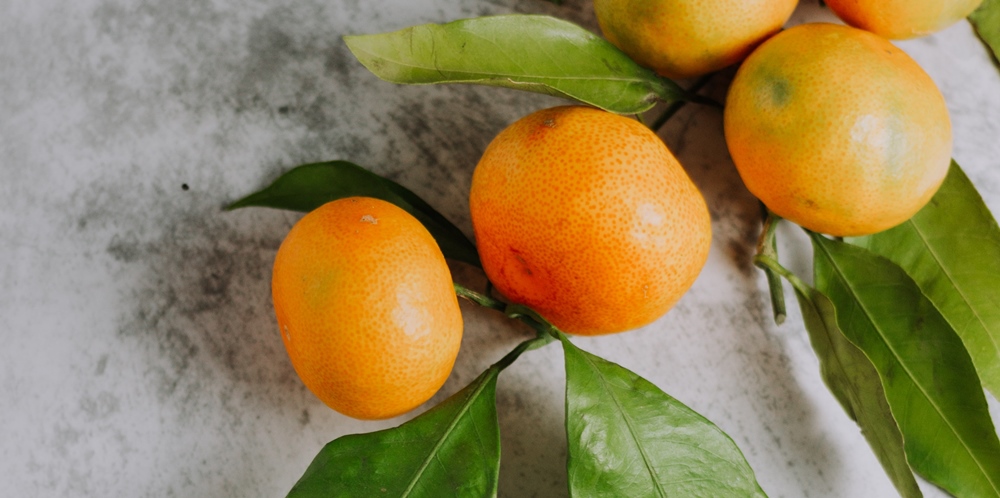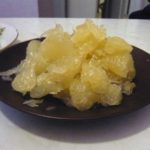10 Facts About Tangerine
Admit it or not, mornings wouldn’t be the same without the delicious and nutritious juice of tangerine oranges. Why tangerine? This is because it’s so easy to peel and you can make the juice quickly in the busy morning hours. Here are 10 facts about tangerine.
10 Facts About Tangerine
- Tangerine or Citrus reticulata is a popular variety of Mandarin oranges.
- The name “Tangerine” has come from Tangier, a port of Morocco, where the first ship with Mandarin oranges arrived from China.
- Another fact – tangerine orange is smaller than a regular orange, oblate in shape, and contains a pungent fragrance.
- The fruit is quite delicate but the sections are easy to separate.
- A medium tangerine provides about 37 calories of food value, 26 mg of vitamin C, and 132 mg of potassium. So, the fruit is not only delicious, it is a meaningful addition to any diet.
- Since tangerine provides very few calories, you can even have a delicious cheese pie made with papaya and tangerine without worrying about calories and fats!
- Tangerines are enriched with vitamin C, folate, and beta-carotene. Some amounts of potassium, magnesium, and vitamins B1, B2 & B3 are also found in this citrus fruit.
- There are a number of varieties of tangerine oranges: Clementines or Algerian tangerines – small, sweet, and of course seedless. Dancy – the leading variety. Delites – originally from morocco, low in acid. Satsumas – first grown in Japan, sweet, juicy, and virtually seedless
- Eat them as a snack, supreme them for salads, zest them for vinaigrette, add them to pancakes or other baked goods, even smoothies. Tangerines are a delicious and sweet addition to many meals.
- Tangerine is the most delicate among the oranges. While other oranges can stay at room temperature for three to four days, tangerines can last for a day or two. However, if refrigerated in a plastic bag, they remain fresh for two weeks.




























